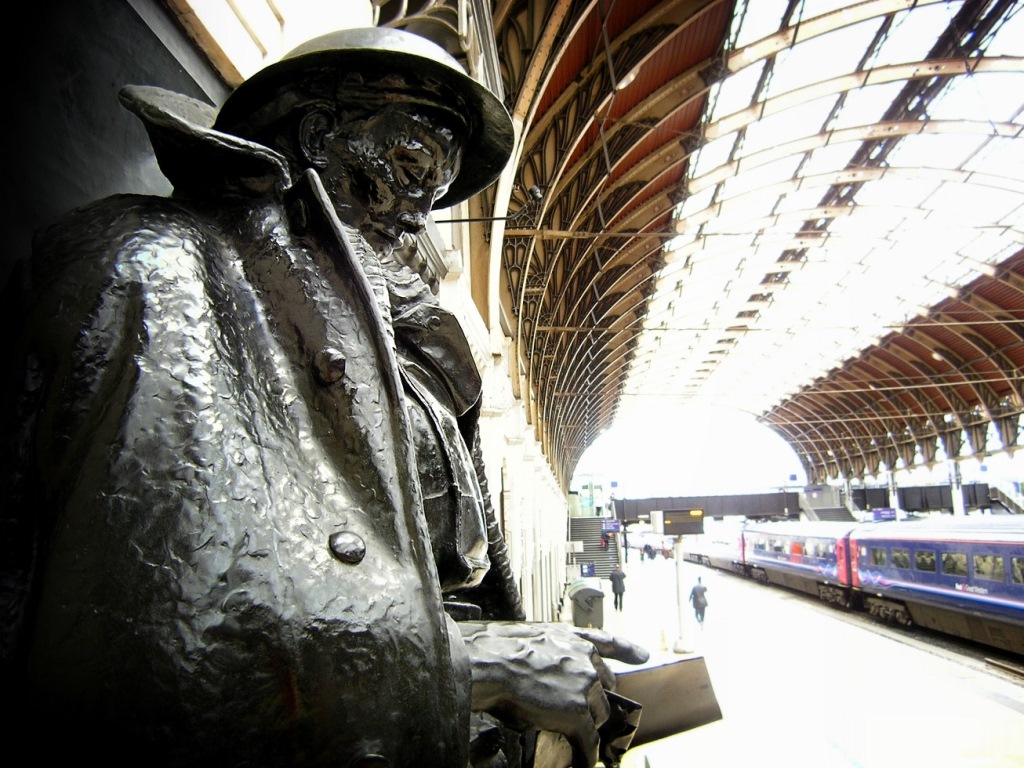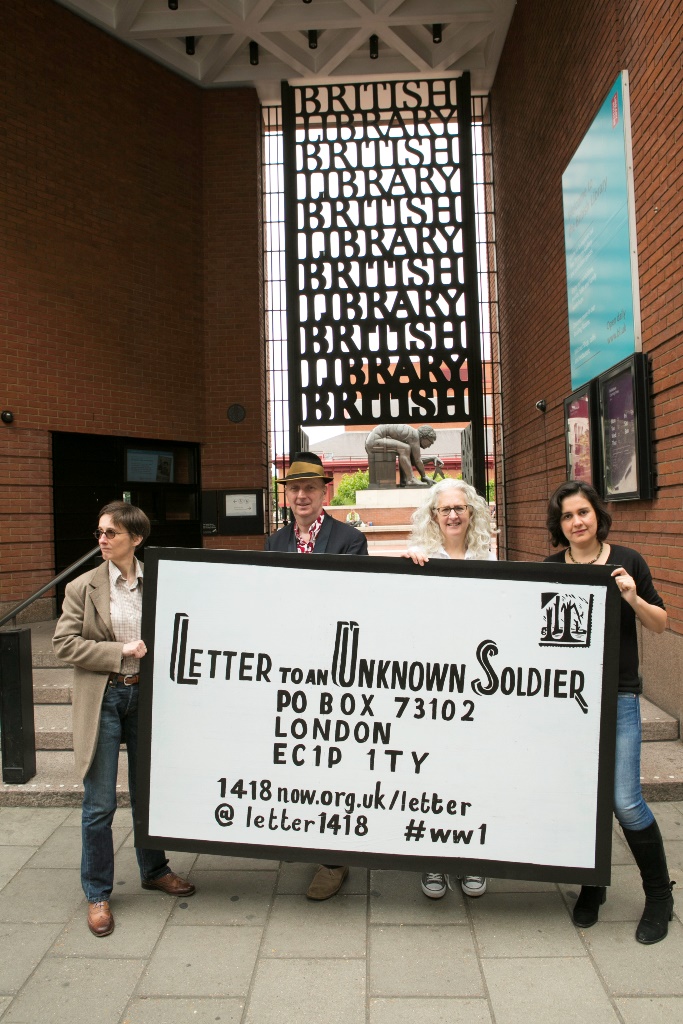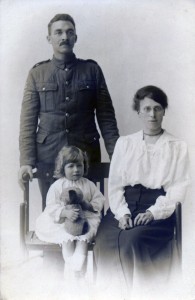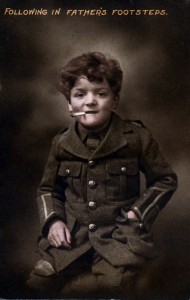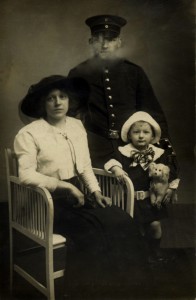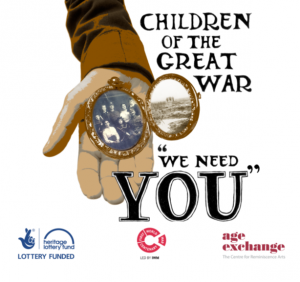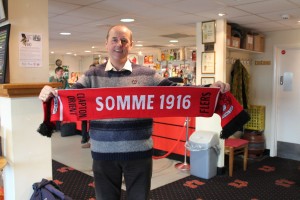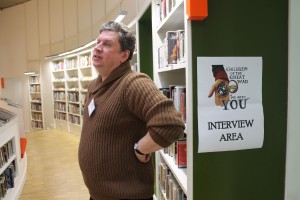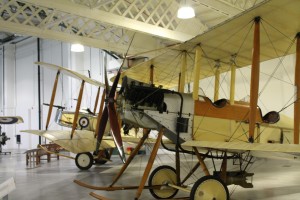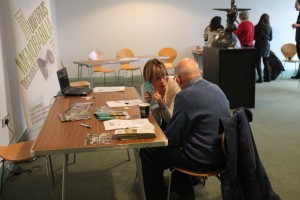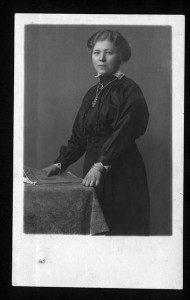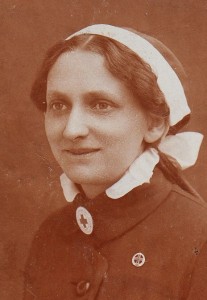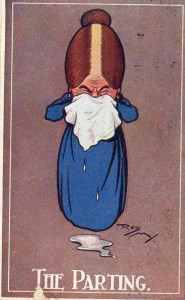Over the past 18 months Europeana 1914-18 has teamed up with intergenerational charity Age Exchange to film and record interviews with members of the London public as part of their superb Children of the Great War project (see earlier post). Those involved have shared immensely powerful and moving family histories of how their family was affected by the First World War, then and across subsequent generations. People have shared memories of parents and grandparents, uncles and aunts across the home front, the theatres of war, and the family legacy of this tragic conflict. We have supported the team in recording and archiving over 127 family histories and digitalising 5300 letters, diaries, photos and artefacts. To see all of the materials shared by Age Exchange in Europeana 1914-1918, then click here.
To celebrate the success of the project and give something back to those who have contributed, Age Exchange have coordinated two exciting events:
1. Launch of the Children of the Great War visual art installation by Ivan Ritches and Simon Purins and panel discussion about the project on Wednesday 30th July 6.30-8.30pm.
2. Children of the Great War theatrical performance Friday 1st August 7pm and Saturday 2nd August 3pm.
Both events will be held at the Bridewell Theatre, 14 Bride Lane, Fleet Street EC4Y 8EQ (http://www.sbf.org.uk/). Tickets for the play are £5 and can be obtained from contacting alex.mustapha@age-exchange.org.uk or malcolm.jones@age-exchange.org.uk (telephone: 020 8318 9105).
The play, devised with an intergenerational cast, presents some of these remarkable true stories for the first time. They are performed through dance, words, and live music, with some of the original story-givers performing their own histories as part of this unique production. These scenes will include projection of personal Great War family photos, diaries and archive film footage. Altogether the evening aims to bring to life the humour, fear and heartbreak of soldiers and their families both at the time of the Great War and over the following century.
Check your calenders and come join us at these two extraordinary events. Our team will be taking part in the panel discussion on 30th which will consider the distinctive approach of the project and how it contributes to the wider activity commemorating the First World War. Others getting involved in the discussion include Louise Macfarlane (one of the curators from the newly opened Imperial War Museum) and David Savill, Simon Puriņš and Ivan Riches from the Age Exchange team. We look forward to hopefully seeing you there…




